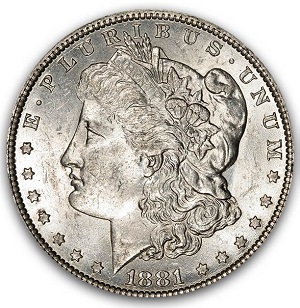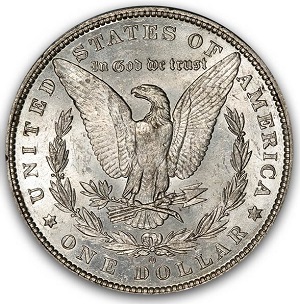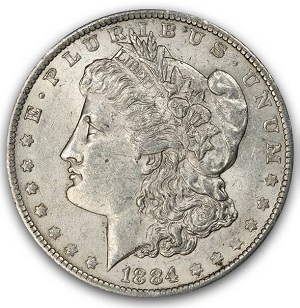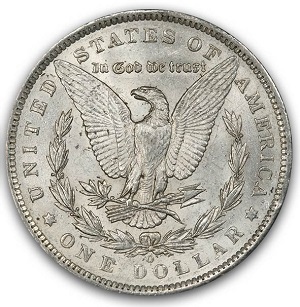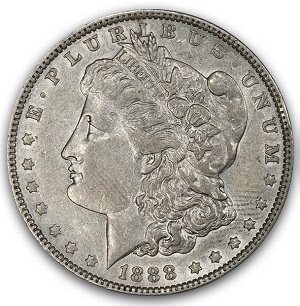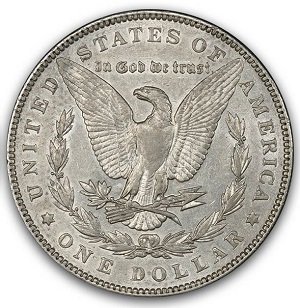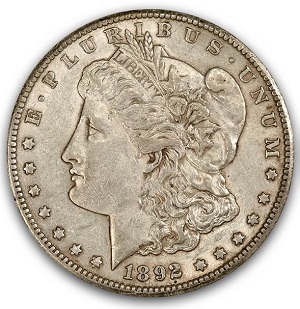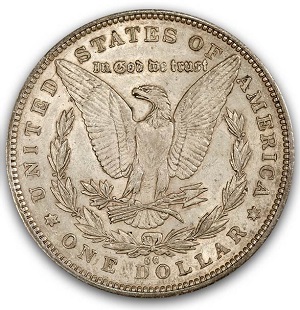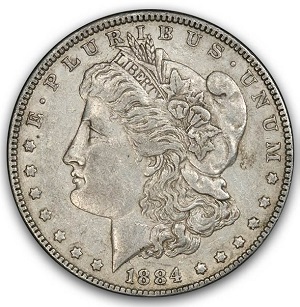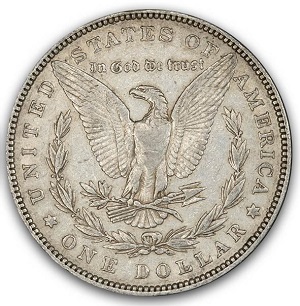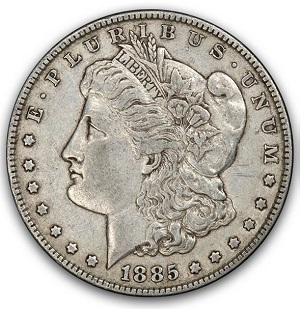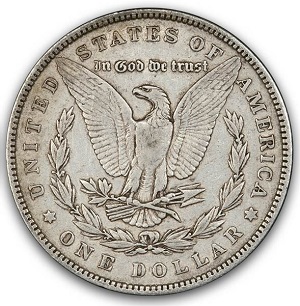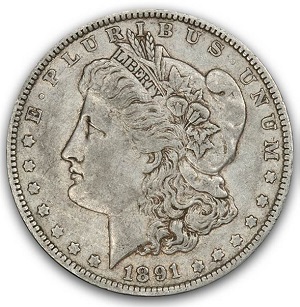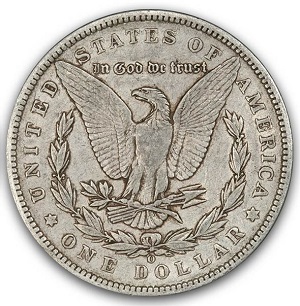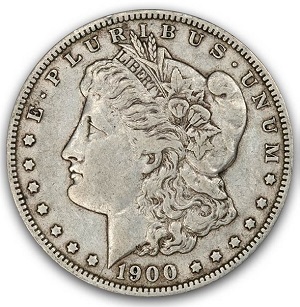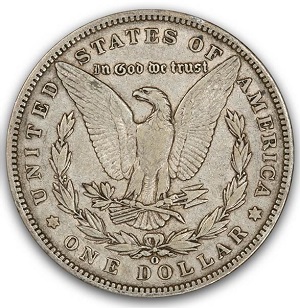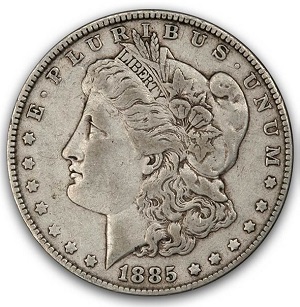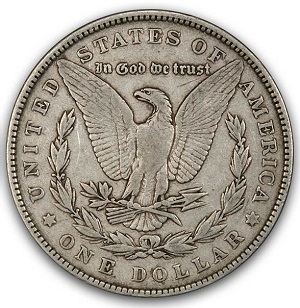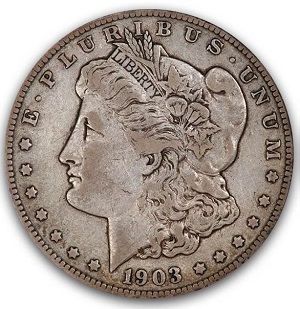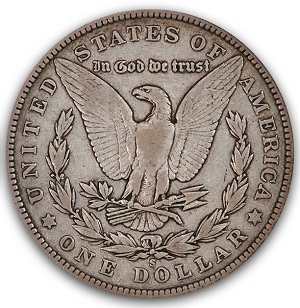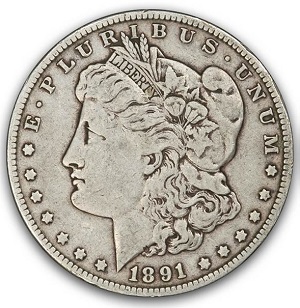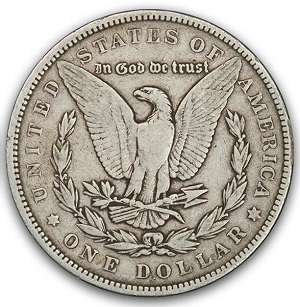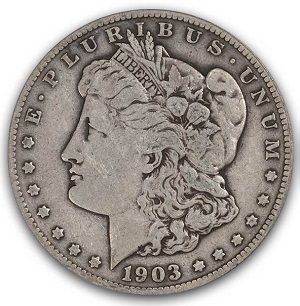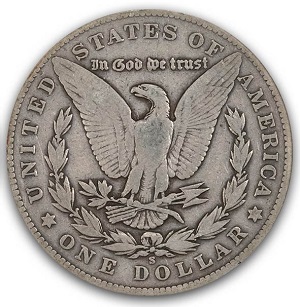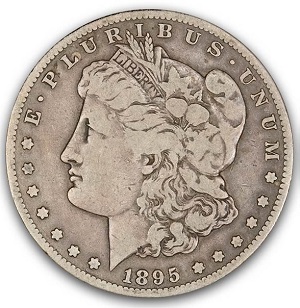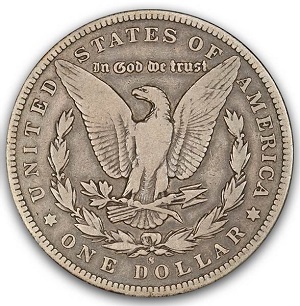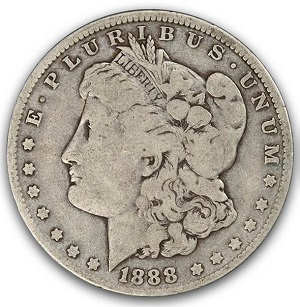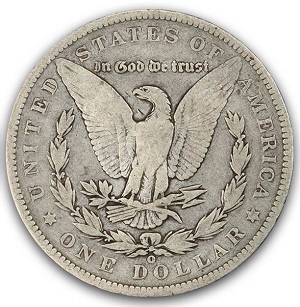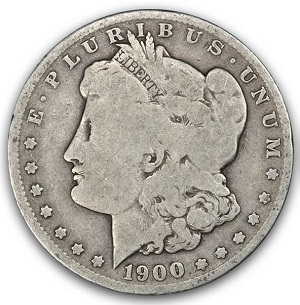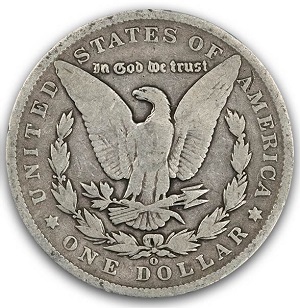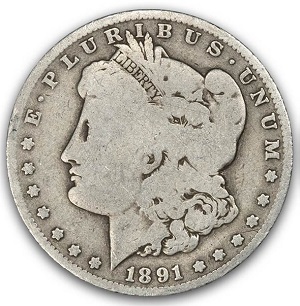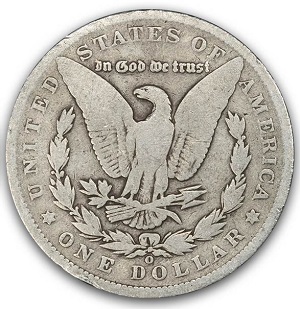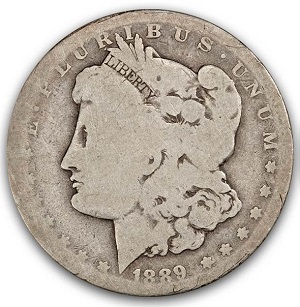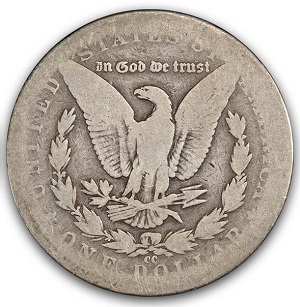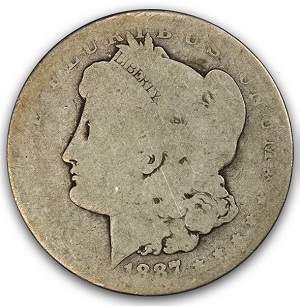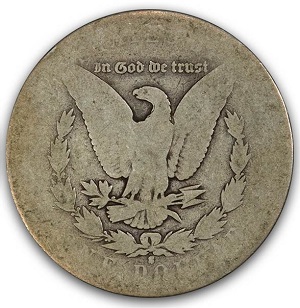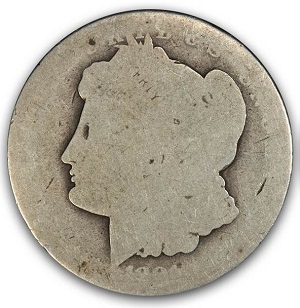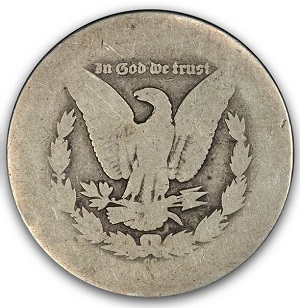Grading Circulated Coins
This chapter explores a few important basics of grading circulated coins. Before getting into it, we'll make sure everyone is on the same page regarding what defines coin wear.
Grades 1-59 on the 70-point ANA scale are allocated for coins with circulation wear. There is a coin grading chart summarizing how the scale is structured, followed by grade descriptions and photos.
- What is Coin Wear?
- Coin Grading Chart: An Overall Summary
- Technical Grading vs. Market Grading
- The Eye Appeal Factor in Grading Circulated Coins
- The Spectrum of Circulation Wear
What is Coin Wear?
The duty of a coin is to circulate as a frontline exchange medium in our everyday economy. When the store’s cash register runs dry, it causes headaches for those on both sides of the sales counter. Almost everyone in U.S. society today has lived through at least one coin shortage and can painfully relate.
As a circulating coin carries out its duty over a period of many years, it experiences wear. What exactly is meant by coin wear?
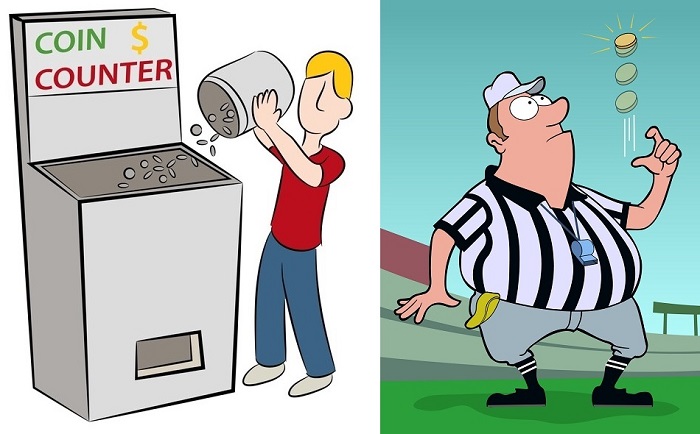
When considering wear, we normally think of metal being slowly removed from a coin’s surface as it goes about its daily journey. As a coin is passed from one hand to the next, slid across hard surfaces, mingled in coin purses, ran through counting machines, flipped to decide who gets the opening kickoff, exposed to water and chemicals, and many other forms of damage, it loses a little bit of its initial composition at every turn. This is how wear occurs.
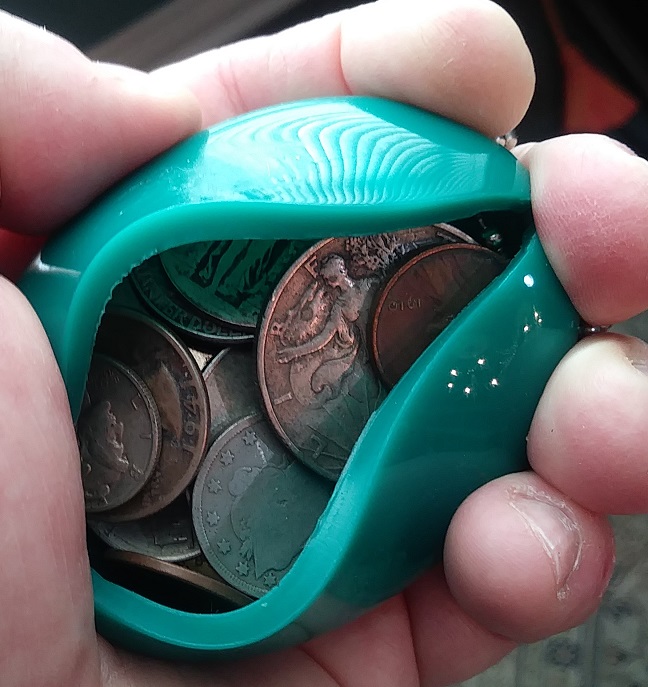
Wear is generally first observed at the coin’s highest points. Determining the amount of wear is the primary deliberation in grading circulated coins. Since there are no instruments or scientific means to measure and quantify wear with precision, evaluating the degree of metal removal and assigning a grade is subject to opinion.
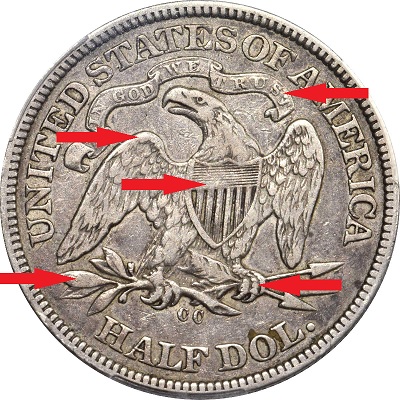
Coin Grading Chart: An Overall Summary
As mentioned in the Boogeyman chapter, the ANA’s 1 to 70 point numeric system is the broadly accepted touchstone applied to assign coin grades in today’s marketplace. It's now time to delve into this a bit deeper.
Grades 1 to 59 are allocated for coins showing circulation wear. Grades 60 to 70 are reserved for uncirculated coins displaying no wear, also called Mint State condition. Grades 60 to 70 are also used for Proof coins as well, unless somehow they show evidence of wear.
We'll explore Mint State in the next chapter, but for now, let's start out with circulated coins (psst... they're also easier to grade).
The coin grading chart below summarizes how traditional adjectival grades are correlated to points on the ANA scale. Please note that while numbers from 1 through 59 are continuous, the ANA has found it practical to designate specific intermediate numbers to define grades, resulting in steps.(1)
This explains why in the numismatic mainstream we normally do not see grades such as VG-9 or F-14 utilized. However, for example, grades VF-25 and AU-53 are frequently invoked.
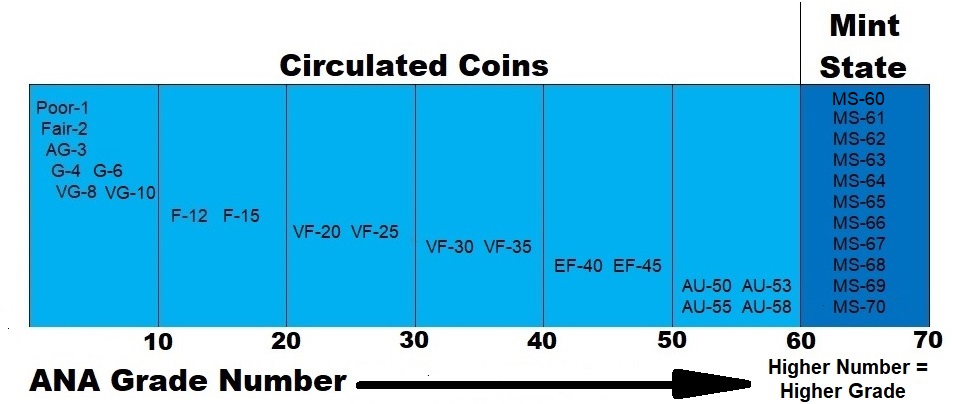
Every coin type (for example, Lincoln cents) has a specific set of grading descriptions because wear patterns occur in spots according to the coin’s design. When you are ready to actually grade a coin, you must refer to the set of standards written for that particular coin type.
The "Go To" reference for specific set of grading descriptions is, of course, The Official American Numismatic Association Grading Standards for United States Coins, 7th ed.
Technical Grading vs. Market Grading
The process of assigning a numerical grade to a coin based on the amount of wear it has received is called technical grading. For circulated coins up to those in Extremely Fine condition, technical grading is used to express a coin’s state of preservation.(2)
Assessing wear boils down to, for example, counting the number of letters still visible in the word LIBERTY. In technical grading, the standards as established in the ANA grading publication are followed, leaving less room for opinion and subjectivity.
Another thing about technical grading is that detractions to a coin that occurred at the Mint, such as number and location of contact marks, or strength of strike, do not factor in assigning a grade.
So far, things seem fairly straightforward, don't they? Yes, but now it gets more complicated.
For About Uncirculated, Mint State, and Proof coins, a nuanced process called market grading is employed.
Market grading is used by many coin professionals today. As is true with technical grading, the state of preservation of a coin is determinant in assigning a numerical grade. Market grading evaluates four attributes that define the state of preservation and are also of high importance to coin buyers.
The four market grading attributes are location (not just number) of contact marks, strength of strike, mint luster, reflectivity, toning, and eye appeal. These are covered in greater detail over at the Mint State Grading section.
The goal of market grading is to render a final grade more in line with its value in the marketplace.
Technical grading, for the most part, does not weigh these additional attributes. Technical grading is more objective and more transparent compared to market grading, although it may have niceties of its own....
As you are about to see in the section immediately below, eye appeal can minimally impact a circulated coin’s grade as well.
The Eye Appeal Factor in Grading Circulated Coins
As we already know, for a circulated coin, the degree of wear weighs heaviest in assigning a grade. However, eye appeal can bear an influence in the final analysis.
Like everything else involved in coin grading, eye appeal is purely subjective, but most experienced collectors agree that a circulated coin possessing these characteristics has above average attractiveness:(3)
- Even pattern of original strike, wear, and coloring
- Clean surfaces, free from porosity or corrosion.
- Few to no marks, particularly in focal areas.
- An original look (color and surface particularly important on early coppers)
Yep, even lower grade coins in AG to G grades can be said to have positive eye appeal.
Although this is somewhat controversial, good eye appeal may be enough of a factor to lift a coin a few points on the grading scale, such as from VF-20 to VF-25, but seldom is it enough to move a coin one adjectival grade higher. Alternatively, an “ugly” profile can sink a coin by more than just a few points.
One thing for sure is true: a coin judged by the majority of collectors to have high eye appeal will almost always sell for a premium price.
When PCGS grades a circulated coin, 85% of its grade is based on wear assessment, while eye appeal counts for only 15%.(4)

Now that we've gotten the preliminary stuff out of the way, it's time to have a gander at the vast spectrum of circulation wear.
The Spectrum of Circulation Wear
The grades, descriptions, and photos below provide a generalized view how the spectrum of wear on a coin is evaluated, starting near the top where the wear is barely perceptible and moving down toward the bottom where the coin is so heavily worn it is almost unrecognizable.
If you're reading this on your mobile device you should be able to zoom in on any of the pics for a closer look. If on a desktop or laptop, just hover above an image and you will get a chance to click to a larger image (then hit the back button to get back to this page)
The grades and descriptions are taken directly from the ANA’s official grading standards publication.(5) All photos are courtesy of PCGS.
| Very Choice About Uncirculated-58 | AU-58 | The barest trace of wear may be seen on one or more of the high points of the design. No major detracting contact marks will be present and the coin will have attractive eye appeal and nearly full luster, often with the appearance of a higher grade. |
| Choice About Uncirculated-55 | AU-55 | Only small patches of wear are visible on the highest points of the design. Eye appeal and surface are above average. |
| About Uncirculated-53 | AU-53 | Noticeable spots of wear on several high points. Very few contact marks or blemishes, and generally good eye appeal. Luster is diminished. |
| About Uncirculated-50 | AU-50 | Shows traces of wear on many of the highest parts of the design. On many of these coins, some of the original mint luster is still present. May have a few noticeable contact marks or flaws. |
| Choice Extremely Fine-45 |
EF-45 | Has light overall wear on the coin's highest points. All design details are very sharp. Mint luster is usually seen only in protected areas of the coin's surface such as between the star point and in the letter spaces. |
| Extremely Fine-40 | EF-40 | Has only slight wear but more extensive than the preceding, still with excellent overall sharpness. Trace of mint luster may still show. All design elements show clearly. |
| Choice Very Fine-35 |
VF-35 | Surfaces show light overall wear with minor blemishes. May have one or two small rim nicks. All details show clearly. |
| Choice Very Fine-30 |
VF-30 | Light even wear shows on the surface, design details on the highest points begin to soften, but all lettering and major features are bold. |
| Very Fine-25 | VF-25 | Entire surface shows light signs of wear and softening of design elements. Major features are strong and clear. Some of the minor details blend into the design. |
| Very Fine-20 | VF-20 | Moderate noticeable wear on the higher parts of the design. Minor details are beginning to flatten. Surfaces are attractive and free of serious blemishes, erosion, nicks, or scratches. |
| Fine-15 | F-15 | Shows moderate even wear through the surface. Entire design is bold and clear with traces of flattening. |
| Fine-12 | F-12 | Moderate to considerable even wear. Entire design is bold. All lettering, including the word LIBERTY (on coins with this feature on the shield or headband) is visible, but may show only parts of the letters. Twenty-cent coins with raised letters in LIBERTY are an exception. |
| Very Good-10 | VG-10 | Even wear throughout the entire coin. Parts of the rim may be flat but still discernable. Some of the letters in LIBERTY are readable. |
| Very Good-8 | VG-8 | Well worn. Major design elements are visible, but with faintness in areas. Head of Liberty, wreath, and other major features are visible in outline form without center detail. LIBERTY is mostly worn away. |
| Good-6 | G-6 | Heavily worn, but with clean attractive surfaces and no major blemishes. May have a few rin nicks and scratches. Rim is very weak but basically complete. |
| Good-4 | G-4 | Heavily worn. Major design elements are visible, but with faintness in areas. Head of Liberty, wreath, and other major features as applicable, are visible in outline form without center detail. Rims may be incomplete in spots. |
| About Good-3 | AG-3 | Very heavily worn with portions of the lettering, date, and legends being worn smooth. The date is barely readable. |
| Fair-2 | FR-2 | Most of the design details are worn completely smooth. Much of the legend and date are merged into the field. Rims are flat or missing. May have serious nicks, dents, and defects. |
| Poor-1 | PO-1 | Only the basic coin type is identifiable. Date and mintmark must be strong enough to be readable. Entire surface is worn and may be disfigured by numerous blemishes. |
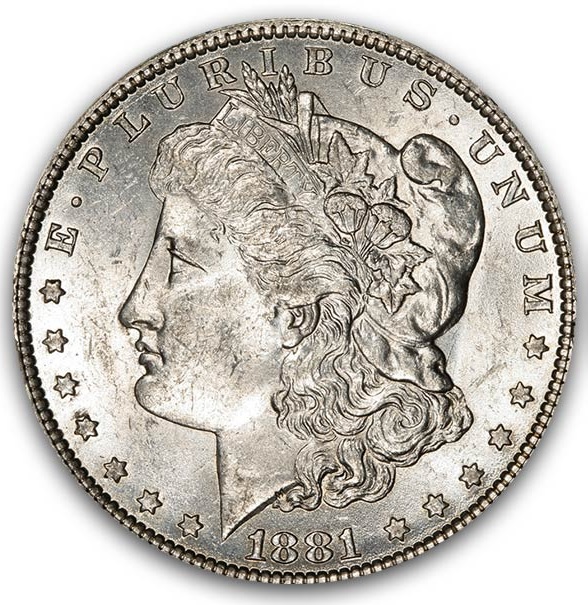
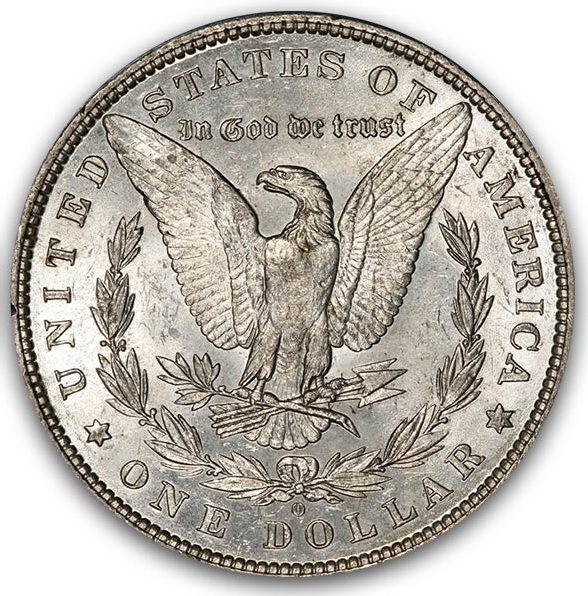
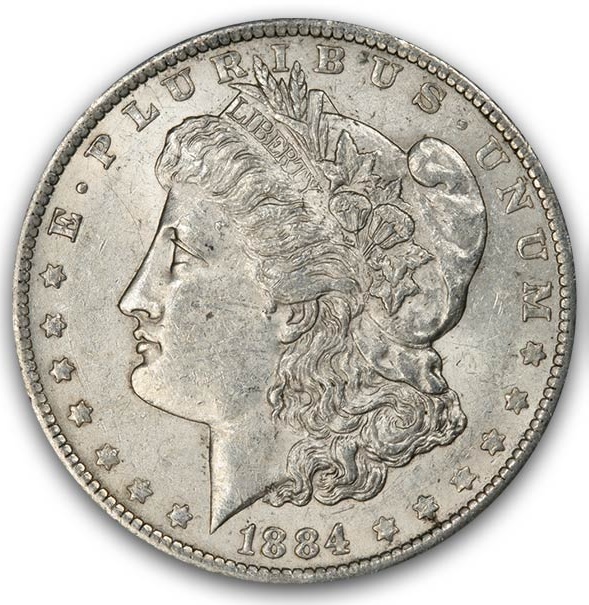
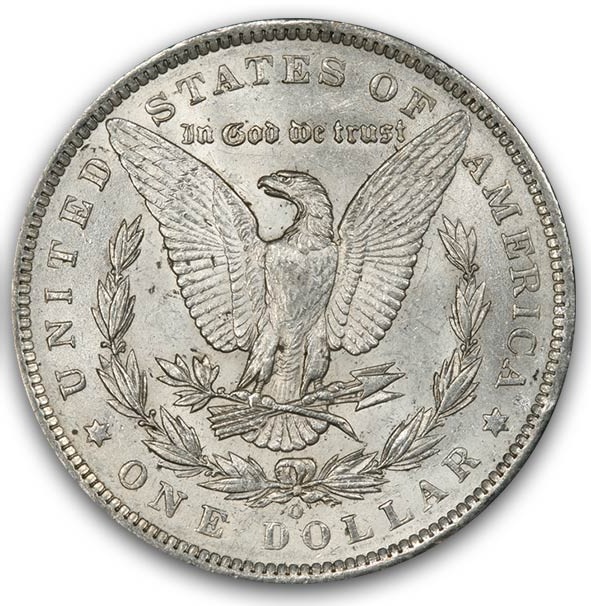
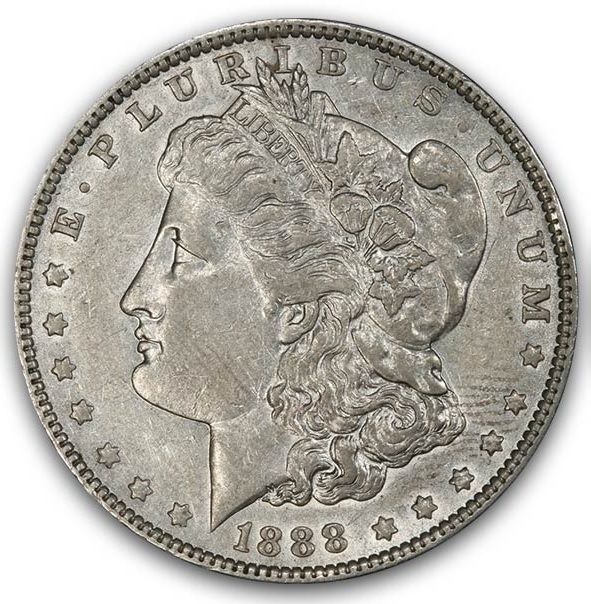
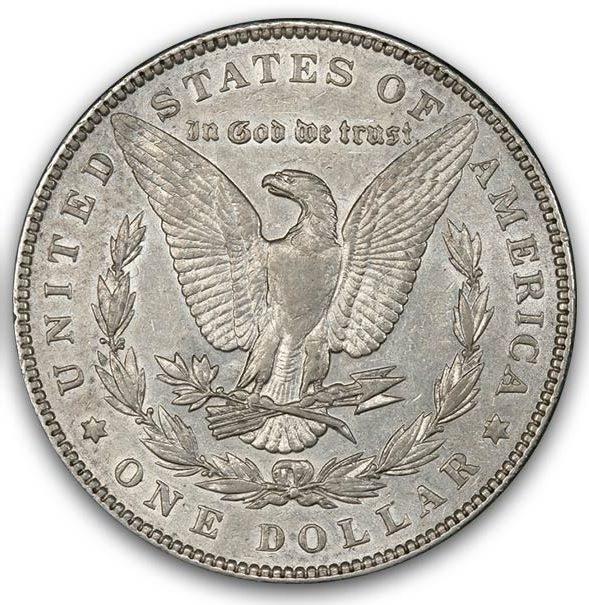
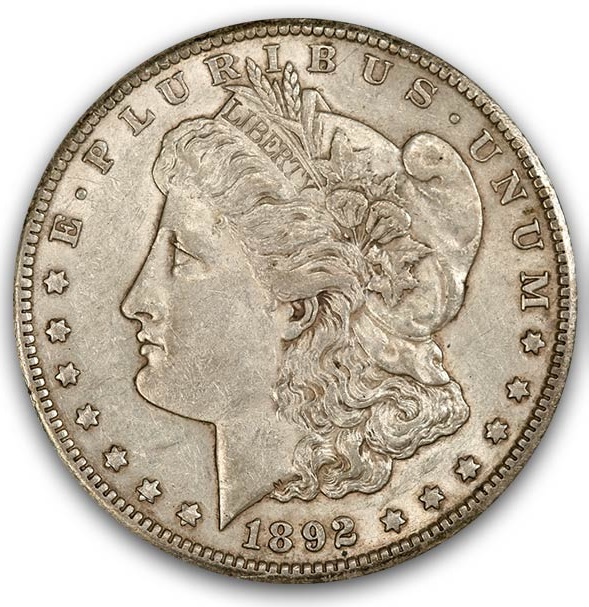
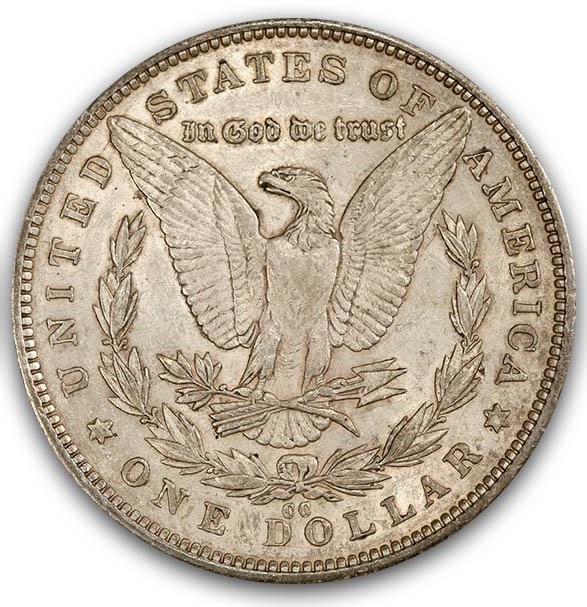
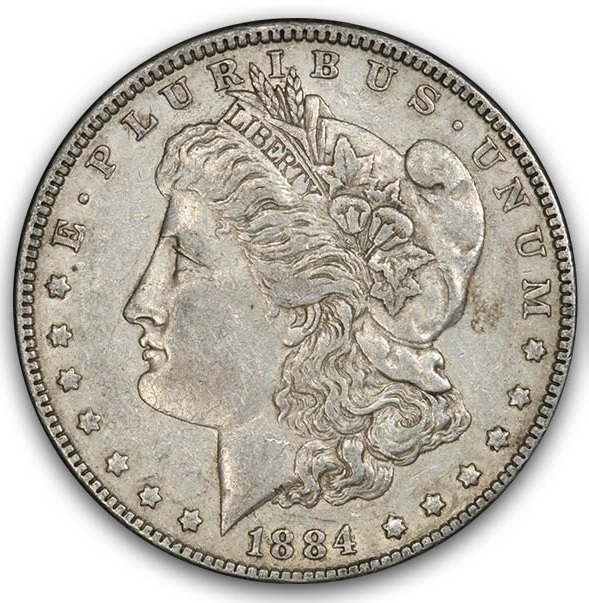
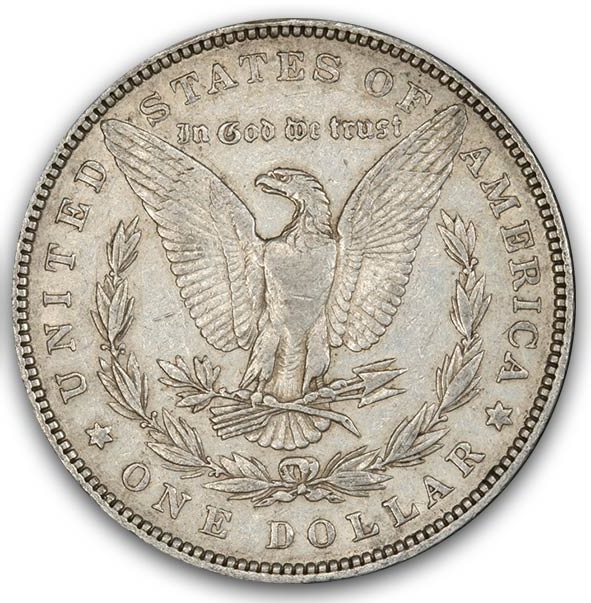
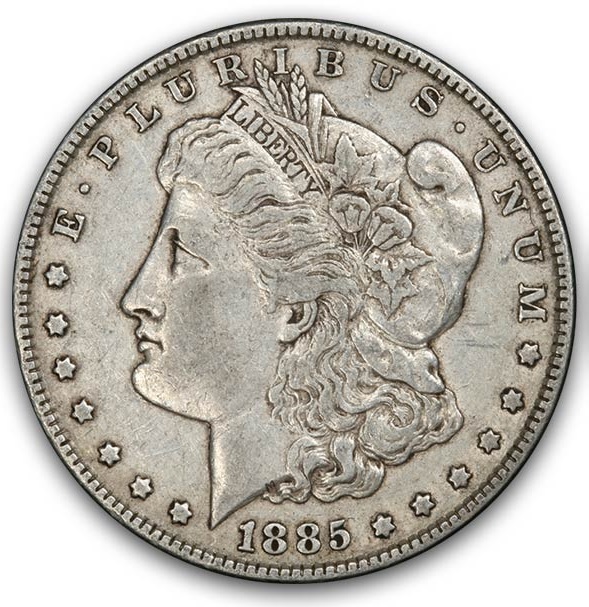
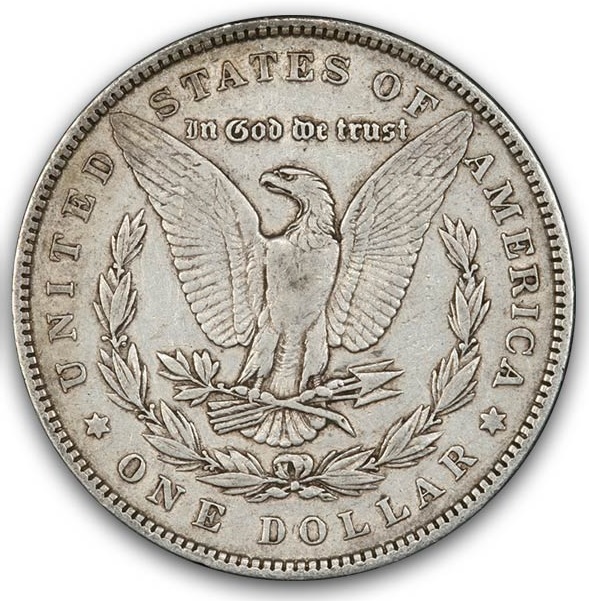
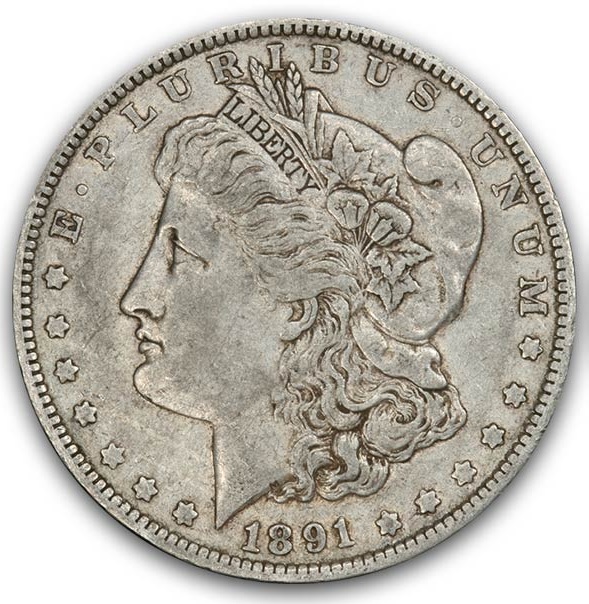
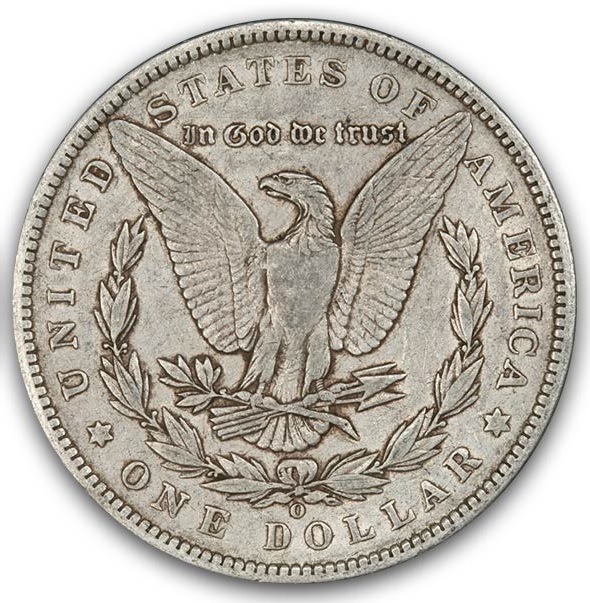
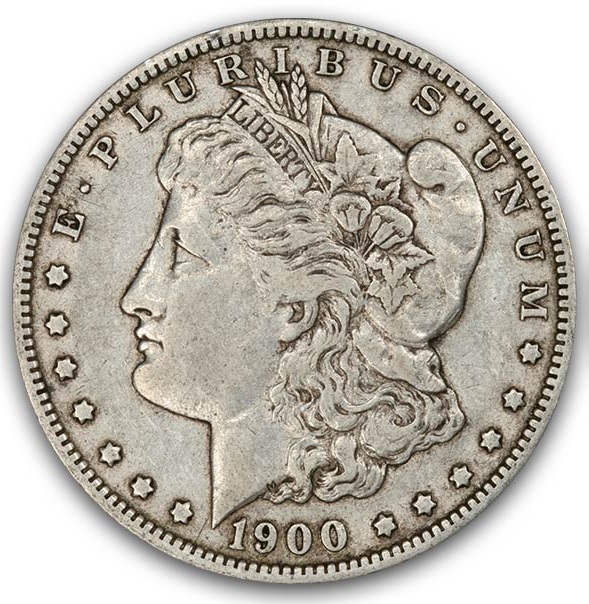
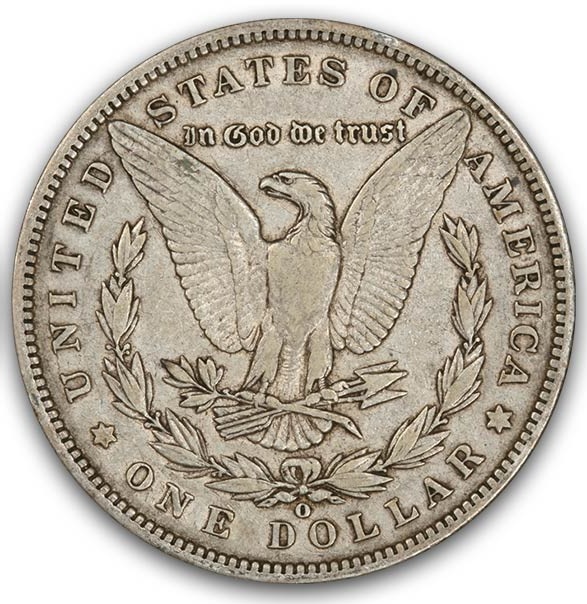
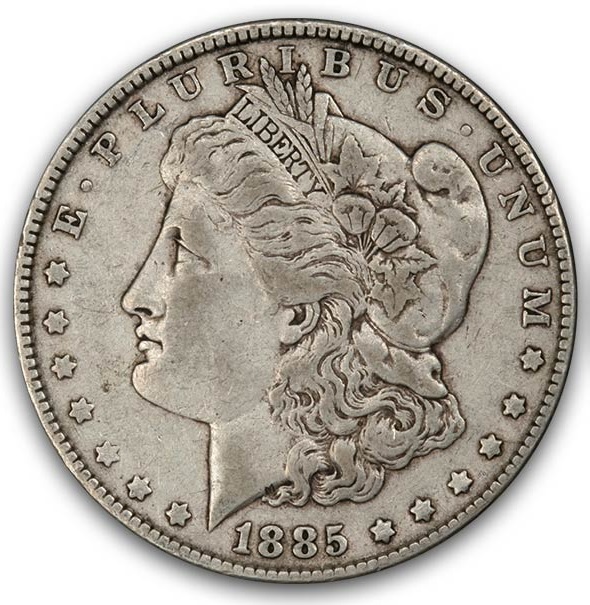
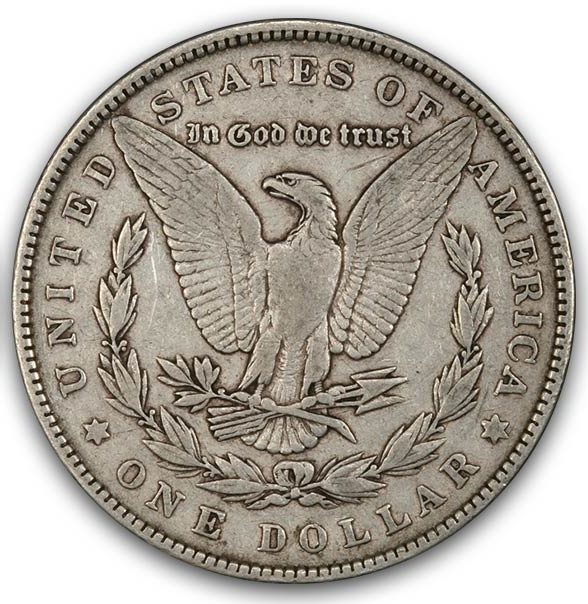
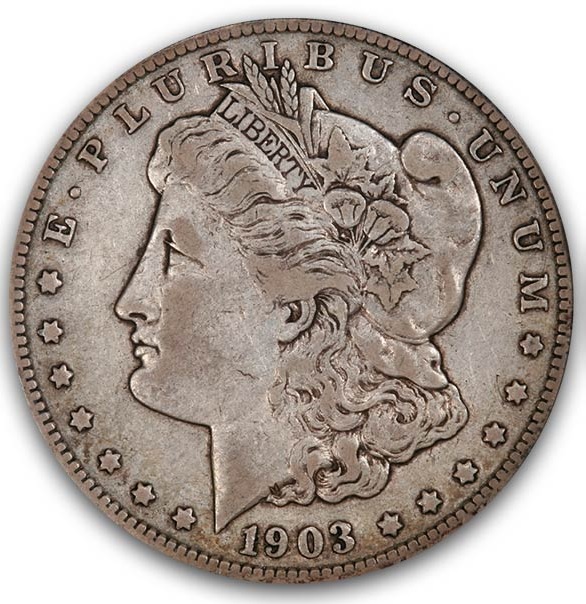
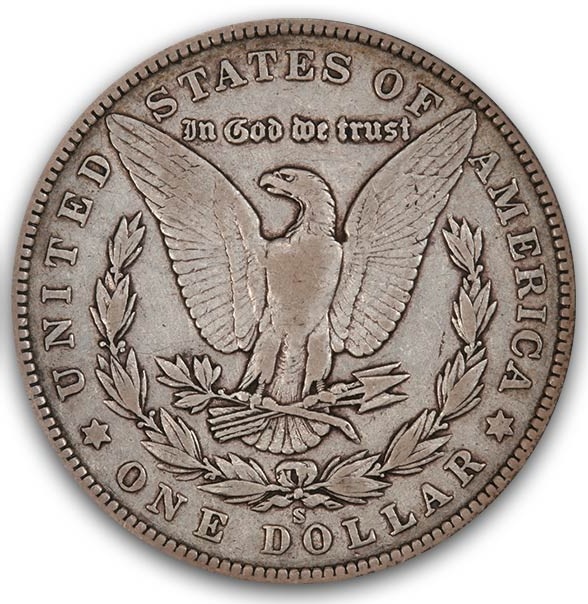
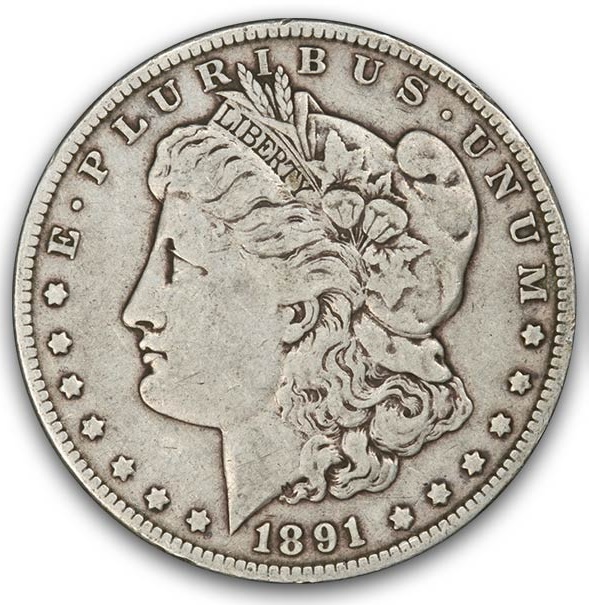
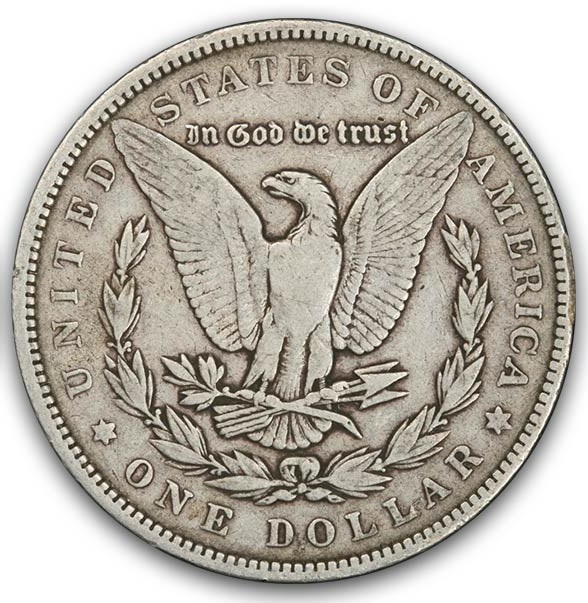
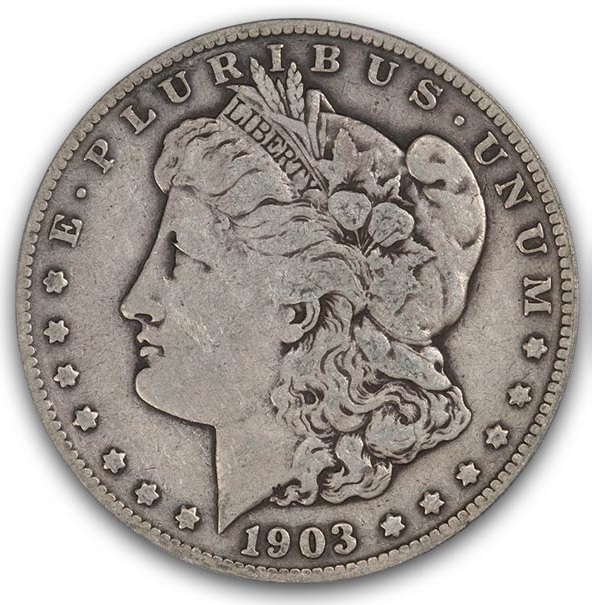
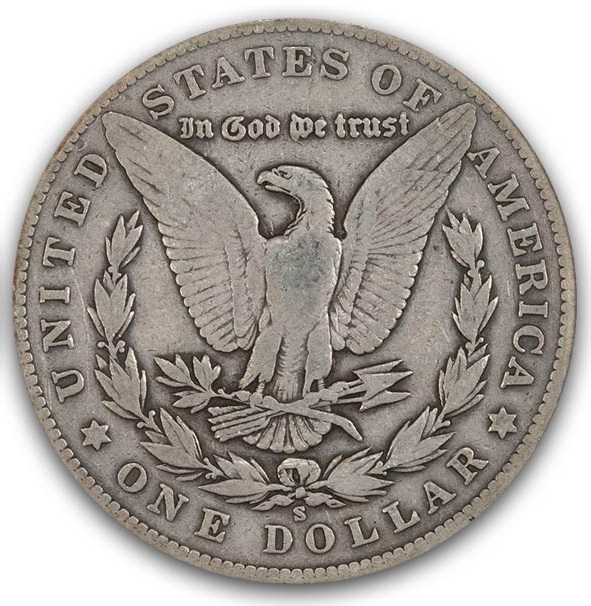
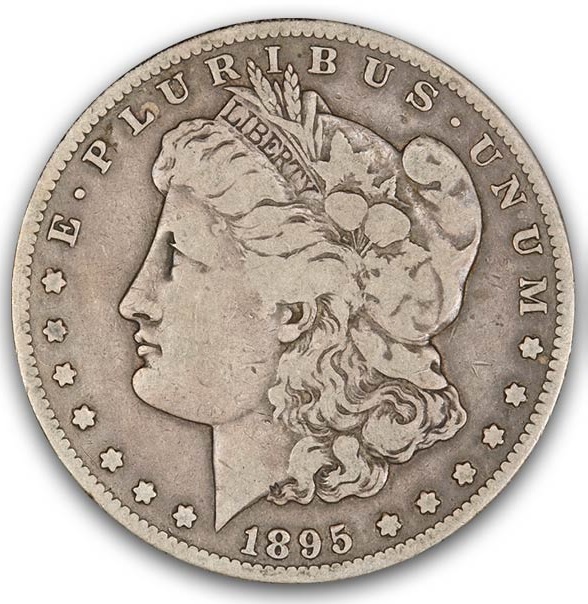
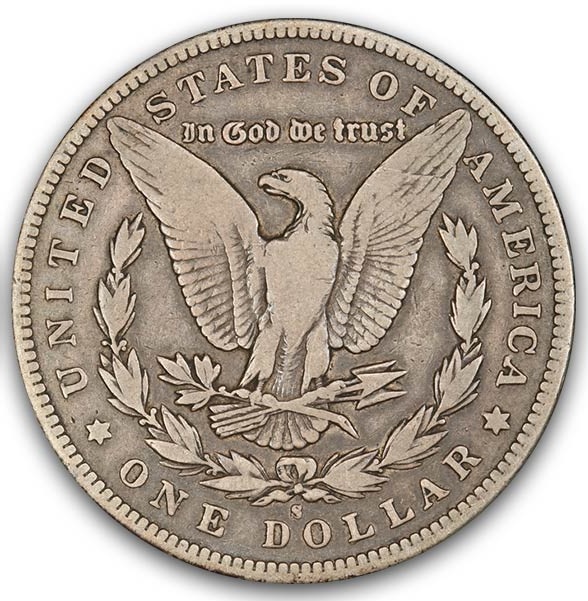
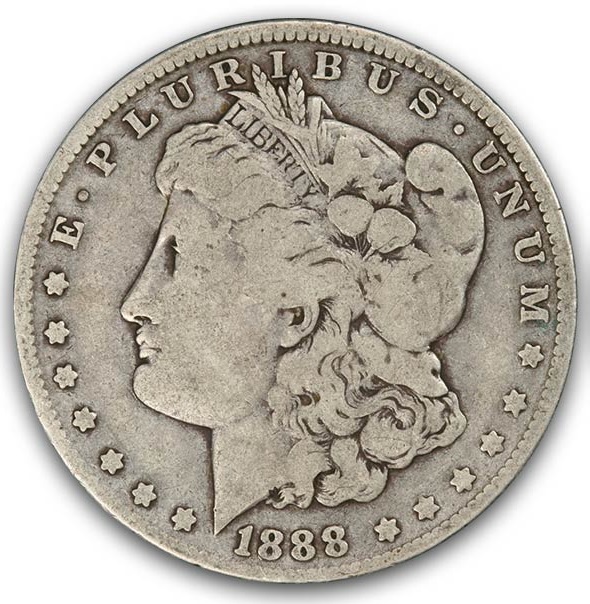
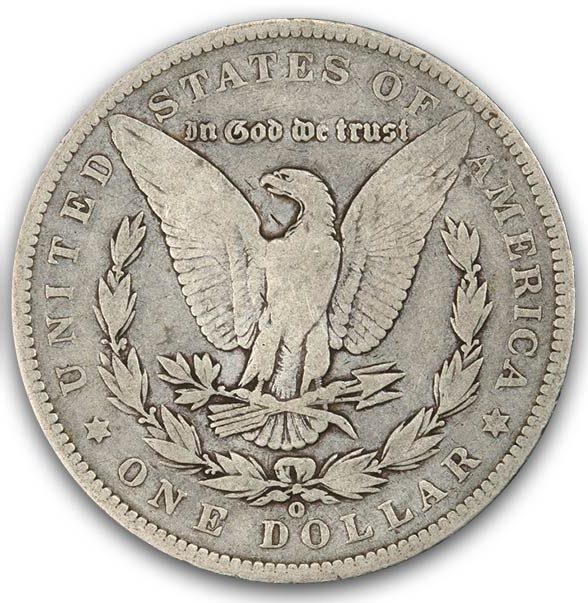
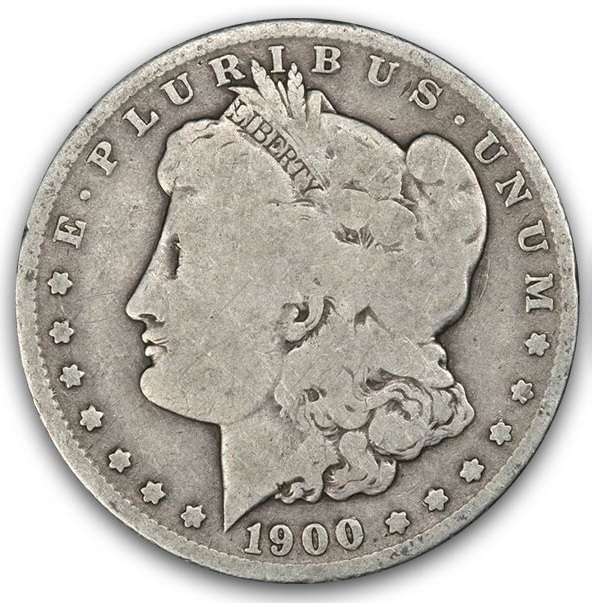
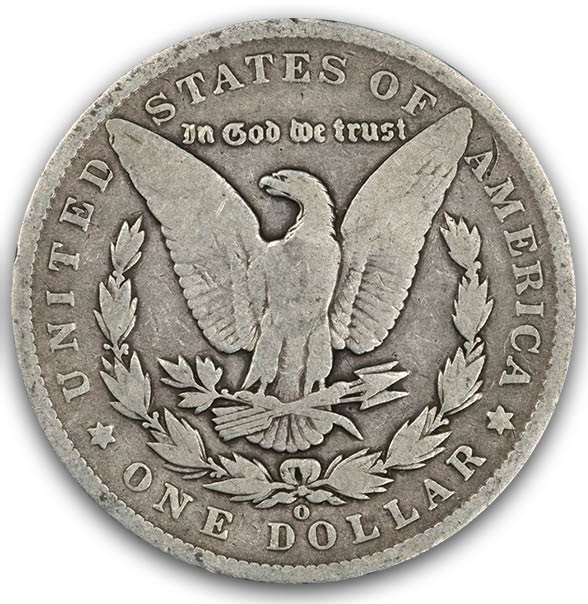
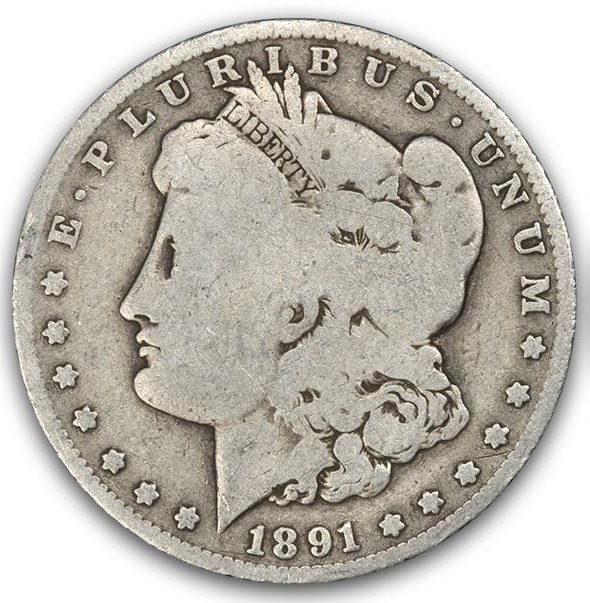
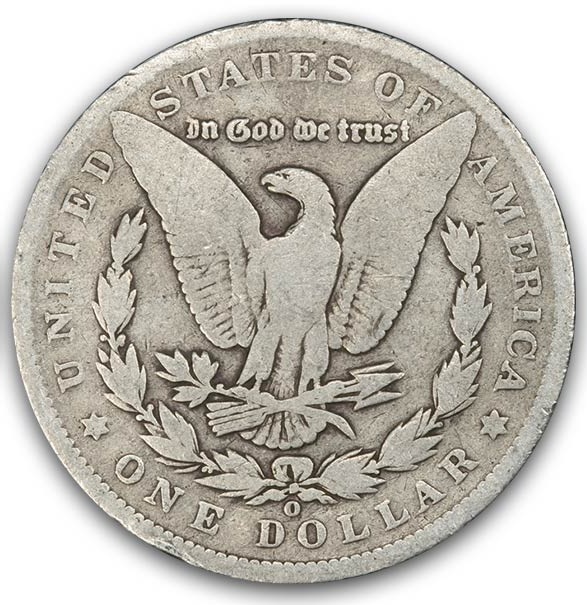
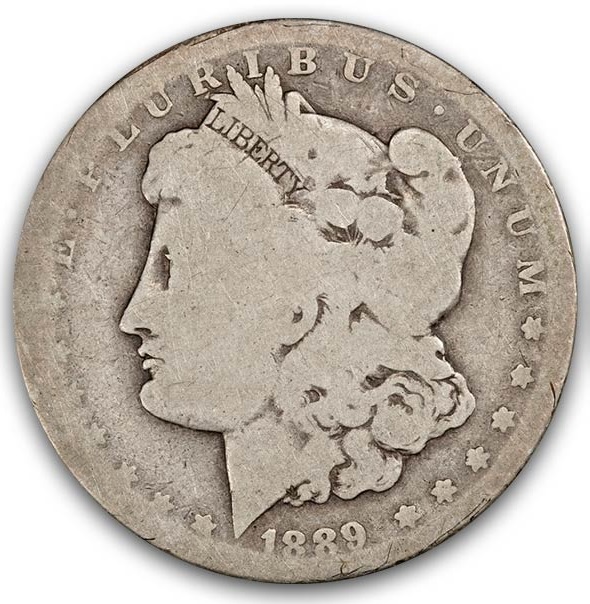
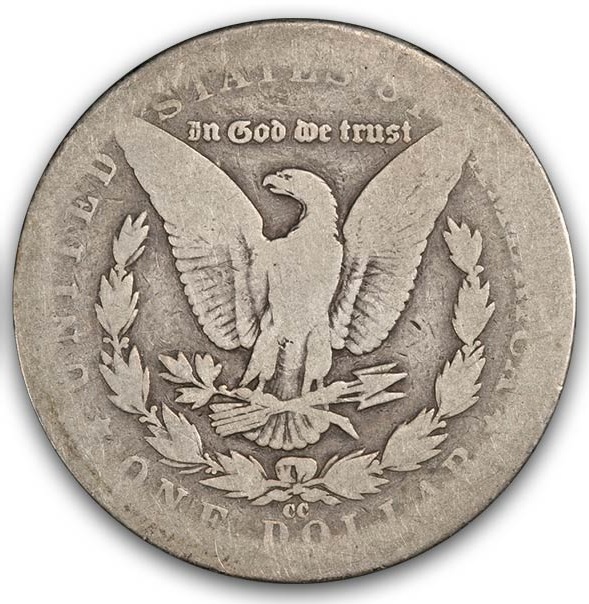
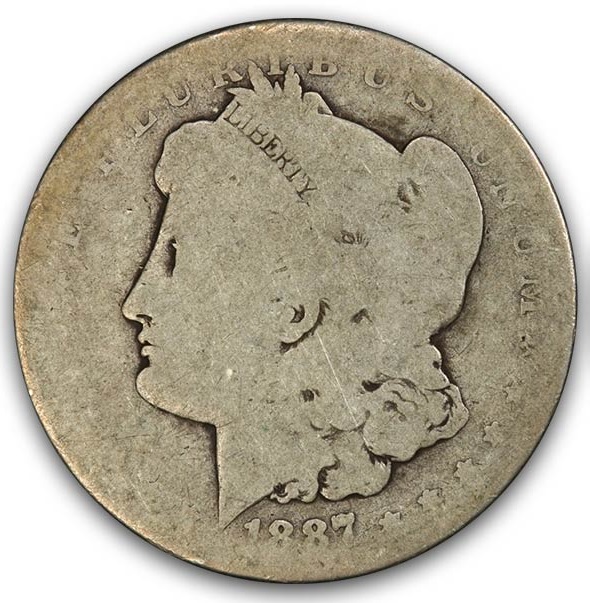
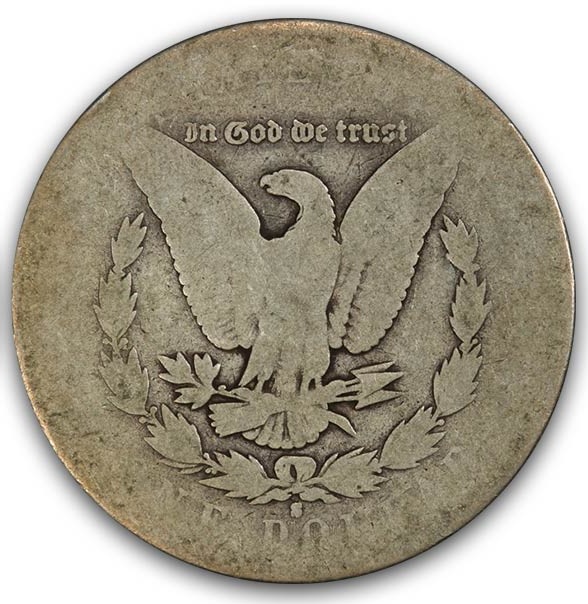
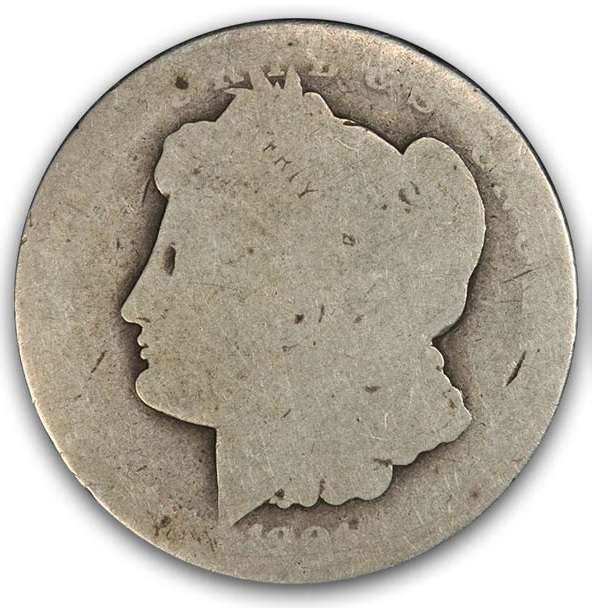
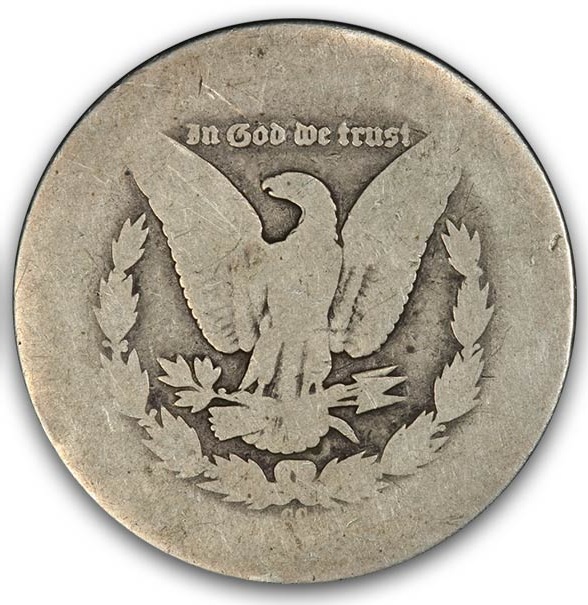
Quick Links to Other Coin Grading Chapters...
The next chapter in this section is Mint State Coins.
Use the links directly below to navigate the "What is Coin Grading?" section:
- The Coin Grader Progression: From Boogeyman to Super Hero
- Grading Circulated Coins (the current chapter)
- Mint State Coins
- Proof Coins
- Stars, "Green Beans", and "Plus" Grading
- Grades as Reported on Rare Coins 101
- Suggested Coin Grading References
All the chapters referenced above are accessible from any other chapter this section. Thus, no need to return to this Introductory page to link to other chapters.
Sources
1. Bressett, Kenneth, and Bowers, Q. David. The Official American Numismatic Association Grading Standards for United States Coins, 7th ed. Pelham, AL. Whitman Publishing, 2019.
2. American Numismatic Association. Fundamental Grading Theory.
3. Professional Coin Grading Service (PCGS).
4. PCGS.
5. Bressett and Bowers, ANA Grading Standards.
As an Amazon Affiliate I earn from qualifying purchases, at no added cost to you. Thank you!
